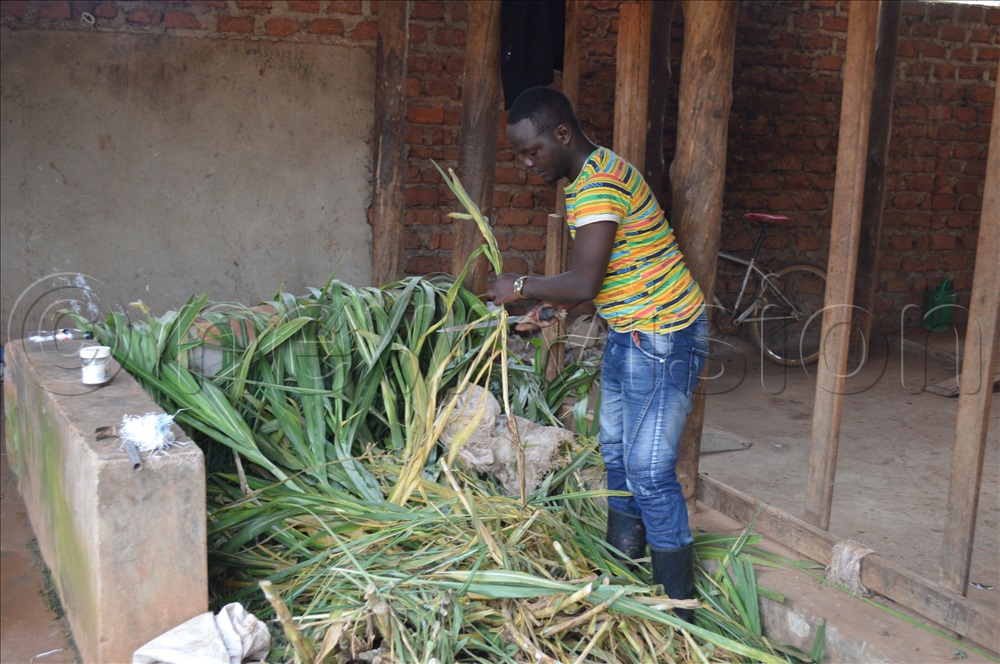Cattle, like human beings, need a balanced diet for normal growth, milk production, movement, body maintenance, and good health.
They require carbohydrates, proteins, vitamins, and minerals, most of which are found in grass provided the soil does not lack essential nutrients.
However, dairy farmers should not rely on wild grass alone. Legumes, compared to grasses, contain more protein, vitamins, and minerals.
“Feeding cows on a variety of nutritious plants improves milk production and overall health,” says Ruta Ngambwa, a dairy farmer in Zirobwe. “I have seen a great difference since I started incorporating legumes into their diet.”
Animal nutrition experts recommend mixing legumes and grasses in a ratio of one to three.
A wide variety of legumes are available in Uganda, including lab-lab, Leucaena, Calliandra, Centrosema, and Stylo. Their seeds can be obtained from farm supply shops.

“If you are zero-grazing, the forage you put in the feeding trough should be two-thirds grass and one-third legume,” explains Peter Mubiru, a veterinary doctor.
“If the cows go out to graze, mix grass and legumes in your pastures. Plant in such a way that one-third is legume and two-thirds is grass.”
For farmers who rely on natural grasslands, controlling the grass-legume mix can be challenging. Nevertheless, wild legumes often grow naturally in these pastures.
“If the natural legumes are not sufficient, as is usually the case, you can plant more in the grassland and remove undesirable plants to maintain the right balance,” Mubiru advises.
A well-balanced diet for cows not only improves their health but also enhances milk yield.
Farmers who integrate legumes into their feeding programs will likely see stronger, healthier animals with improved productivity.





